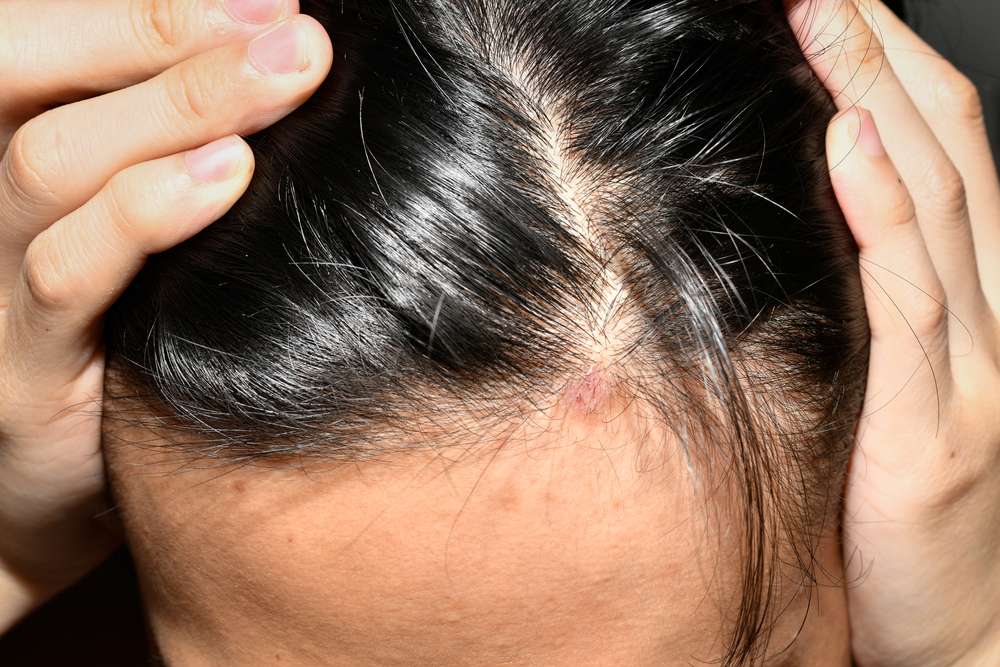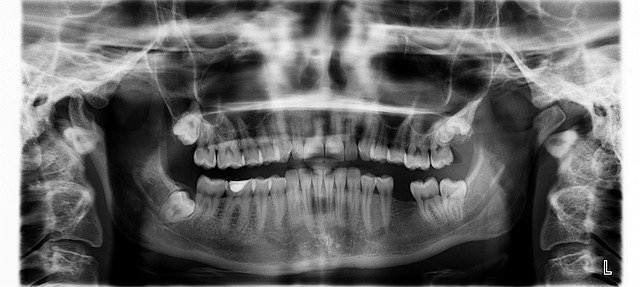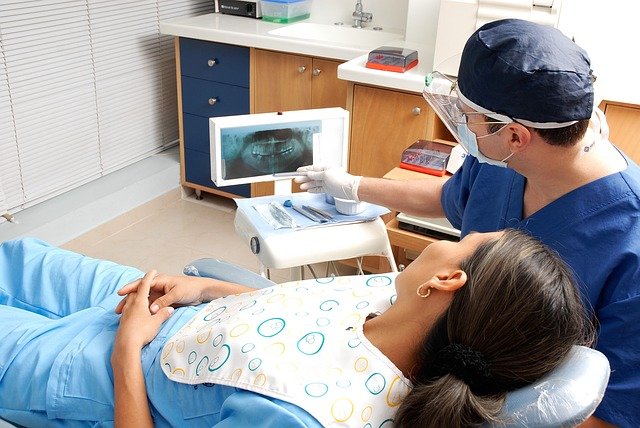Early Signs and Causes of Scalp Psoriasis You Should Know
Scalp psoriasis is a common yet often misunderstood skin condition that affects many people worldwide. It causes itching, flaking, redness, and discomfort on the scalp, sometimes spreading to the forehead, neck, or ears. Understanding what causes scalp psoriasis and recognizing its early signs can help manage flare-ups and prevent complications. This article explores key causes and symptoms to help you identify scalp psoriasis early and take action.

What are the common early signs of scalp psoriasis?
Identifying scalp psoriasis in its early stages is crucial for effective management. The most common early signs include:
-
Persistent itching: An intense, constant itch on the scalp is often one of the first indicators of scalp psoriasis.
-
Red patches: Small, reddish areas on the scalp may appear, which can be slightly raised and tender to the touch.
-
Fine scaling: Initially, you might notice fine, powdery flakes similar to dandruff, but these can quickly progress to thicker, silvery-white scales.
-
Dry scalp: The affected areas may feel unusually dry and tight, even if you’ve recently washed your hair.
-
Burning or soreness: Some individuals experience a burning sensation or general soreness in the affected areas.
It’s important to note that these symptoms can vary in intensity and may not all be present simultaneously. If you notice any combination of these signs persisting for more than a few weeks, it’s advisable to consult a dermatologist.
What causes scalp psoriasis to develop?
Scalp psoriasis, like other forms of psoriasis, is a complex condition with multiple contributing factors. While the exact cause remains unclear, several key factors have been identified:
-
Genetics: A family history of psoriasis increases your risk of developing the condition. Certain genes associated with the immune system and skin cell production are believed to play a role.
-
Immune system dysfunction: In psoriasis, the immune system mistakenly attacks healthy skin cells, causing an overproduction of new skin cells. This leads to the characteristic buildup of scales and plaques.
-
Stress: High stress levels can trigger the onset of psoriasis or exacerbate existing symptoms. Stress management is often an essential part of psoriasis treatment.
-
Environmental factors: Cold weather, dry climates, and certain medications can contribute to the development or worsening of scalp psoriasis.
-
Skin injuries: In some cases, psoriasis can develop at sites of skin trauma, a phenomenon known as the Koebner response. This can include scratches, burns, or even tight hairstyles that cause scalp irritation.
Understanding these underlying causes can help in developing a comprehensive treatment plan and identifying potential triggers to avoid.
How to tell scalp psoriasis from dandruff?
Distinguishing between scalp psoriasis and dandruff can be challenging, as both conditions cause flaking of the scalp. However, there are key differences:
-
Appearance of flakes: Dandruff flakes are typically smaller, oily, and yellowish-white. Psoriasis scales are often larger, dry, and silvery-white.
-
Affected areas: Dandruff usually affects the entire scalp evenly. Scalp psoriasis tends to form distinct patches, often with clear borders.
-
Underlying skin: With dandruff, the skin beneath the flakes is usually normal or slightly red. In psoriasis, the skin is often inflamed, red, and may be raised.
-
Itching intensity: While both conditions can cause itching, psoriasis typically results in more intense itching and discomfort.
-
Presence on other body parts: Dandruff is limited to the scalp, while psoriasis can appear on other areas of the body, such as elbows, knees, or lower back.
If you’re unsure which condition you’re dealing with, it’s best to consult a dermatologist for an accurate diagnosis and appropriate treatment plan.
What triggers can make scalp psoriasis worse?
Several factors can trigger or exacerbate scalp psoriasis flare-ups:
-
Stress: High levels of stress are a common trigger for psoriasis outbreaks or worsening of symptoms.
-
Climate changes: Cold, dry weather can aggravate psoriasis, while warm, humid conditions may provide some relief.
-
Certain medications: Some drugs, including lithium, beta-blockers, and antimalarial medications, can trigger psoriasis flares.
-
Skin injuries: Cuts, scrapes, or even aggressive hair brushing can lead to new psoriasis patches through the Koebner phenomenon.
-
Infections: Strep throat and other infections can trigger guttate psoriasis, a form that can affect the scalp.
-
Alcohol and smoking: Both can increase inflammation in the body and may worsen psoriasis symptoms.
-
Certain foods: While diet’s role in psoriasis is still being studied, some people report flare-ups after consuming foods high in processed sugars, dairy, or gluten.
Identifying and managing these triggers can significantly improve your ability to control scalp psoriasis symptoms.
What treatment options are available for scalp psoriasis?
Managing scalp psoriasis often requires a combination of treatments:
-
Topical treatments: Over-the-counter and prescription creams, ointments, or shampoos containing ingredients like salicylic acid, coal tar, or corticosteroids can help reduce inflammation and scaling.
-
Systemic medications: For severe cases, oral or injectable medications that work throughout the body may be prescribed.
-
Phototherapy: Controlled exposure to ultraviolet light can slow skin cell growth and reduce inflammation.
-
Biologics: These newer drugs target specific parts of the immune system and can be effective for moderate to severe psoriasis.
-
Lifestyle changes: Stress reduction techniques, dietary modifications, and gentle hair care practices can complement medical treatments.
How much do scalp psoriasis treatments typically cost?
The cost of scalp psoriasis treatments can vary widely depending on the type and severity of the condition, as well as the chosen treatment method. Here’s a general overview of potential costs:
| Treatment Type | Provider | Cost Estimation |
|---|---|---|
| OTC Medicated Shampoos | Pharmacy | $10 - $30 per bottle |
| Prescription Topicals | Dermatologist | $50 - $500 per prescription |
| Systemic Medications | Dermatologist | $500 - $3000 per month |
| Phototherapy | Dermatology Clinic | $100 - $300 per session |
| Biologic Drugs | Specialty Pharmacy | $10,000 - $30,000 per year |
Prices, rates, or cost estimates mentioned in this article are based on the latest available information but may change over time. Independent research is advised before making financial decisions.
It’s important to note that many insurance plans cover psoriasis treatments, which can significantly reduce out-of-pocket costs. Always consult with your healthcare provider and insurance company to understand your coverage and potential expenses.
In conclusion, recognizing the early signs of scalp psoriasis and understanding its causes and triggers are crucial steps in managing this chronic condition. While scalp psoriasis can be challenging to live with, a variety of treatment options are available to help control symptoms and improve quality of life. Regular consultation with a dermatologist can ensure you receive the most appropriate and effective care for your specific case.
This article is for informational purposes only and should not be considered medical advice. Please consult a qualified healthcare professional for personalized guidance and treatment.




